TL;DR
In Sacramento, a 1,500‑square‑foot backyard split between pavers and synthetic turf typically costs about $10,500–$25,000 ($7–$17 per square foot), depending on grading, drainage, material quality, and the complexity of cuts. Expect higher bids for custom paver patterns, thicker base layers, and premium turf; cooler, water‑wise planting can lower both budget and surface temperatures while improving curb appeal.
1,500 sq ft projects in Sacramento commonly price at $7–$17/sq ft — TL;DR and At a Glance
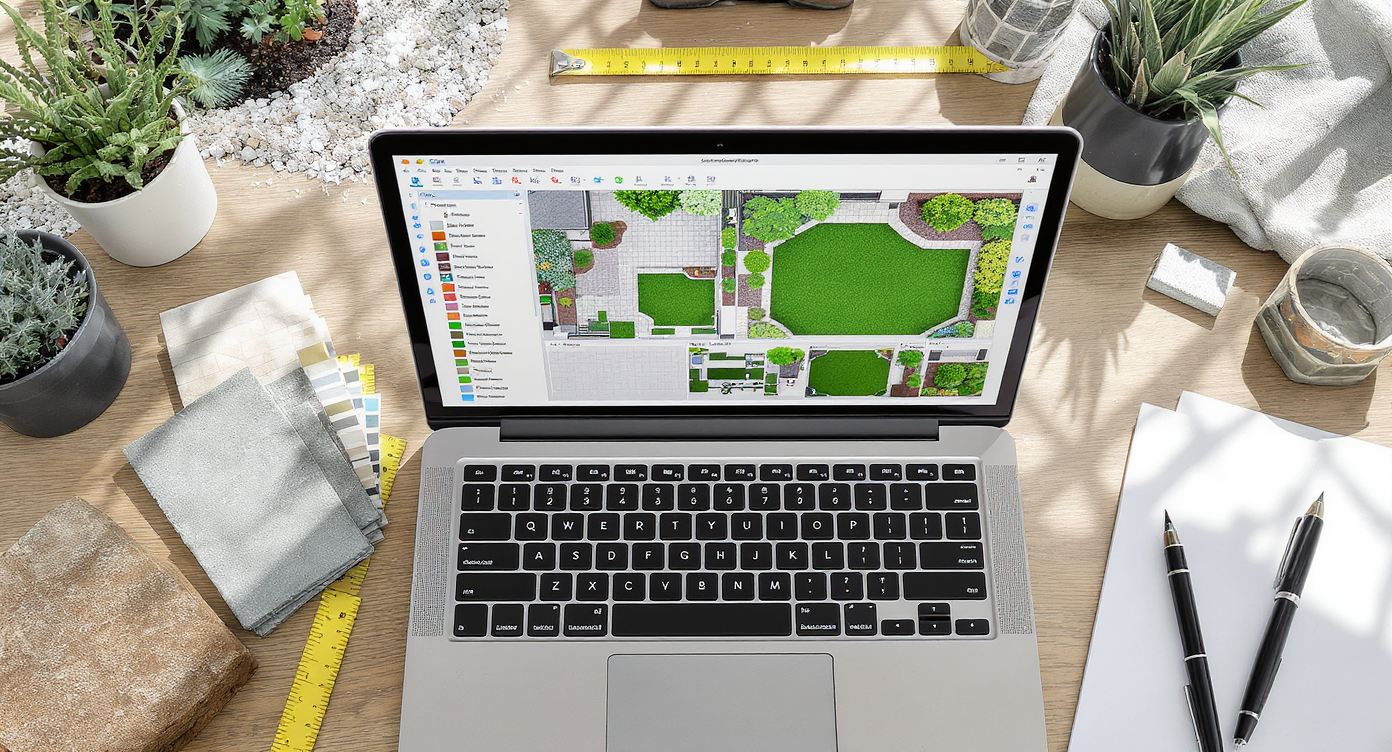
Experiment with backyard layouts instantly using ReimagineHome.ai digital design tools.
Try your own exterior layout instantly on ReimagineHome.ai: https://www.reimaginehome.ai/?utm_source=blog
- Pavers: Typical installed range $20–$40/sq ft; standard modules and fewer cuts trend toward the low end.
- Synthetic turf: Installed range $8–$20/sq ft; note heat gain in full sun and plan for shade or alternatives.
- Grading + drainage: Often $3–$8/sq ft add for proper base, compaction, and water management (French drains, swales).
- DIY: Homeowners commonly save 50–80% on labor with careful prep; consider hiring out only grading/drainage.
- Comfort: Artificial turf can run 30–50°F hotter than air and exceed 140°F in summer; mix with planting, shade, or lighter hardscape colors.
- Bids: Aim for at least 3 line‑item quotes; clarify base thickness, compaction (95%+), edge restraints, and paver cuts.
- Timing: Plant installations fare best in fall; hardscape lead times average 2–6 weeks once materials are on site.
110–115°F summer peaks can push turf above 140°F — Introduction
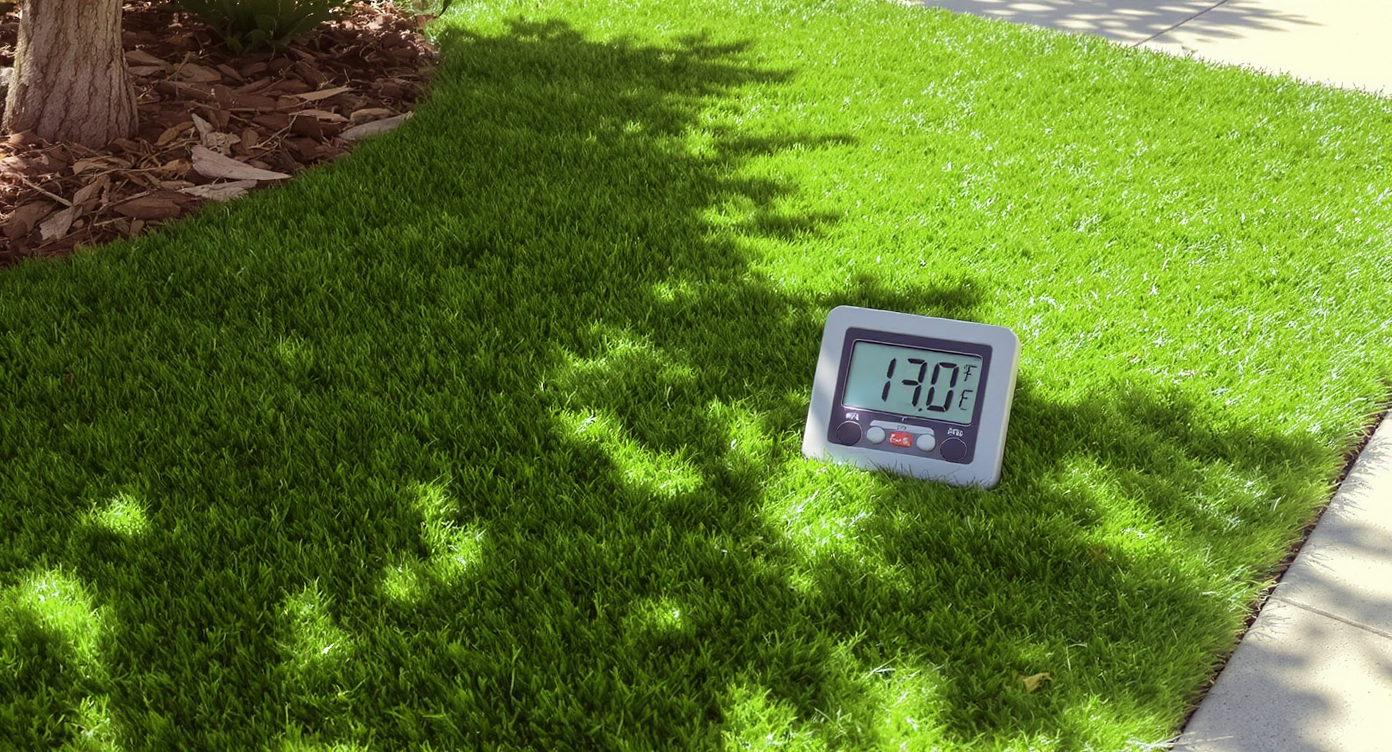
Summer heat can push synthetic turf temperatures beyond 140°F in direct sun exposure.
Landscaping ideas in the Sacramento region must contend with heat spikes that make synthetic turf uncomfortable barefoot while pushing irrigation needs higher for conventional lawns. If your backyard makeover emphasizes hardscaping design for outdoor living, treat shade, surface color, and airflow as performance features, not afterthoughts.
Start with the site: soil type, slope, and drainage pathways. A compacted base and clear water exit often decide whether pavers stay level past the first rainy season. The best backyard design balances durable surfaces with water‑wise garden design and privacy planting, cooling the microclimate while keeping maintenance low.
Anecdote
A homeowner in South Land Park swapped a full‑sun turf plan for a stone patio with a slatted pergola, then stitched in native manzanita and toyon along the fence. The result: cooler afternoons, a modest water bill, and a space that finally felt like an outdoor room.
30–60% of low‑maintenance yard budgets go to hardscaping — Why Landscaping & Hardscaping Are Changing

Hardscaping can consume 30–60% of low-maintenance yard budgets in Sacramento projects.
Hardscape elements — patios, walkways, retaining edges, and steps — consume a larger share of Sacramento budgets because they reduce weekly upkeep and water bills. Pavers are popular for curb appeal and flexibility, but their cost is driven by excavation depth, base rock, edge restraints, joint sand, and the precision of cuts. Turf, real or synthetic, remains a polarizing line item: real sod demands water; synthetic grass conserves water but absorbs heat. Many homeowners are blending smaller stone patio zones with drought‑tolerant planting, or swapping turf for mowable native groundcovers to keep feet cool.
Drainage is the quiet cost driver. If water has nowhere to go, expect callbacks and sunken pavers. Plan for slope (1–2% away from structures), permeable joints where possible, and collection points that send water to swales or drains.
5 cost‑smart trends are shaping Sacramento backyards in 2025 — Key Trends

Top five cost-smart trends shaping Sacramento backyards in 2025 balance sustainability and style.
50–70% permeable or planted area reduces runoff and heat — Balance hardscape with greens
Modern landscaping ideas for small front yards and backyards alike lean on permeable joints, gravel bands, and planting pockets. Even with a stone patio, weaving planting between surfaces cools the scene and invites pollinators.
36–48 inches is the sweet spot for main paths — Size walkways for real life
Most landscape designers recommend 36–48 inches for primary walkway ideas; secondary paths can drop to 30–36 inches. Comfortable circulation lets outdoor rooms feel larger and improves daily flow.
3–5 years is the maturation window for privacy hedges — Plan screens early
Privacy planting takes patience; shrubs such as toyon or manzanita establish with fall planting and first‑year watering, then reward you with low upkeep.
20–40% shade can lower surface temps by double digits — Prioritize comfort
In Sacramento sun, a pergola, sail, or deciduous tree over seating can tame a stone patio or pool and patio design zone. Lighter paver colors also absorb less heat.
$500–$2,500 lighting phases transform safety and mood — Warm LEDs win
Outdoor lighting design usually looks best at 2700–3000 K. Start with path and step safety, then add accent uplights for trees or walls.
10 minutes can generate 4–8 concepts — How to Use ReimagineHome.ai Before You Build

ReimagineHome.ai helps generate multiple backyard design concepts within minutes before construction starts.
ReimagineHome.ai lets you test hardscaping design, stone patio shapes, terrace levels, and planting palettes before you commit. In about ten minutes you can compare affordable landscaping ideas, curb appeal upgrades, and outdoor living layouts without moving a shovel.
- Upload: Add a clear photo of your backyard or side yard.
- Prompt: Specify “half pavers, half turf,” or try “mowable native groundcover,” “pergola shade,” or “fire pit with seating.”
- Iterate: Generate multiple concepts; mix materials to see how costs shift.
- Decide: Export your favorite for bids; ask contractors to price the same base, edge, and pattern so quotes are apples‑to‑apples.
Deep‑dive guides: How to design low‑maintenance hardscaping · Best materials for a stone patio and fire pit · Front yard makeover ideas with native plants
Visualization Scenario
Upload a photo of your dirt backyard to ReimagineHome.ai and prompt: “12x24 concrete pavers in a running bond, 40% planting with mowable native groundcover, 10x12 pergola over seating, warm 2700 K path lights.” Generate options, then refine with lighter paver colors and a shade tree to cut heat load.
7 fast answers about Sacramento landscaping costs — FAQ
Q1: What does a 1,500 sq ft split of pavers and turf cost in Sacramento?
A: Recent bids suggest roughly $10,500–$25,000 ($7–$17/sq ft). Paver base depth, edge restraints, and custom cuts swing the number most.
Q2: Are pavers really $30–$40/sq ft installed?
A: Premium patterns can hit that range. Standard modules with minimal cuts often land closer to $20–$30/sq ft for a backyard makeover, assuming straightforward access.
Q3: Is synthetic turf worth it in Sacramento heat?
A: It’s water‑wise but hot; surface temps commonly run 30–50°F above air temperature. Consider partial turf with shade, or substitute mowable natives or clover mixes for cooler footing.
Q4: What are affordable alternatives to all‑turf?
A: Mowable groundcovers (like native sedges or lippia), decomposed granite walkways with planting bands, and small stone patio zones tied to garden design keep costs and heat down.
Q5: How much should I budget for drainage and base prep?
A: Plan $3–$8/sq ft for grading, compaction (95%+), geotextile where needed, and drains or swales. Good prep prevents settling and protects curb appeal.
Q6: How wide should my primary walkway be?
A: 36–48 inches is the comfortable standard; 30–36 inches works for secondary paths. Wider near doors and outdoor kitchens.
Q7: What color temperature is best for outdoor lighting?
A: 2700–3000 K delivers warm, architectural light that flatters materials and planting.
2–3 visual iterations can save thousands in change orders — Visualize Your Home’s Next Chapter
Alt: “Sun‑lit Sacramento backyard with a modular paver patio, native planting bands, and dappled pergola shade, visualized in ReimagineHome.ai.”
Caption: “ReimagineHome.ai helps you test patio shapes, materials, and shade to reduce heat and maintenance.”
Alt: “Mowable native groundcover replacing synthetic turf beside a stone walkway; warm 2700 K path lights guide the route.”
Caption: “Swap all‑turf plans for cooler groundcovers and balanced hardscaping design.”
A few design passes now prevent expensive change orders later. Generate 2–3 iterations, compare planting versus turf, and right‑size your stone patio, steps, and seating before the crew arrives. Then let your yard work for Sacramento’s climate — cooler underfoot, smarter with water, and better for everyday outdoor living.
Ready to see your options? Visualize your home’s next chapter on ReimagineHome.ai.
.svg)

.svg)

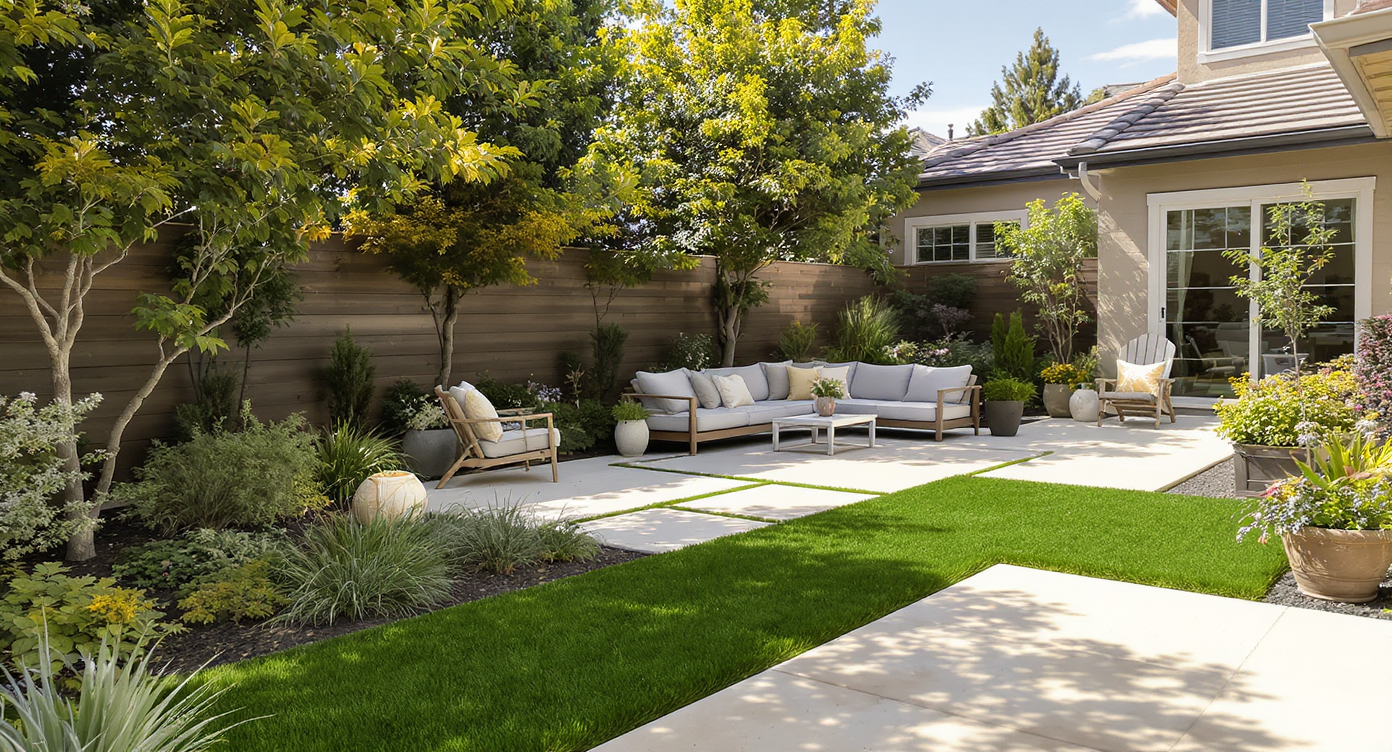
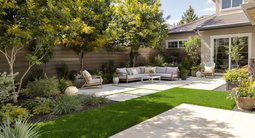
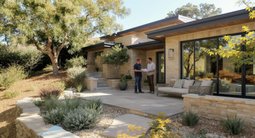


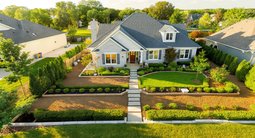
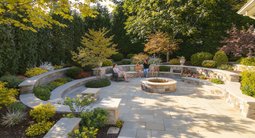


.png)